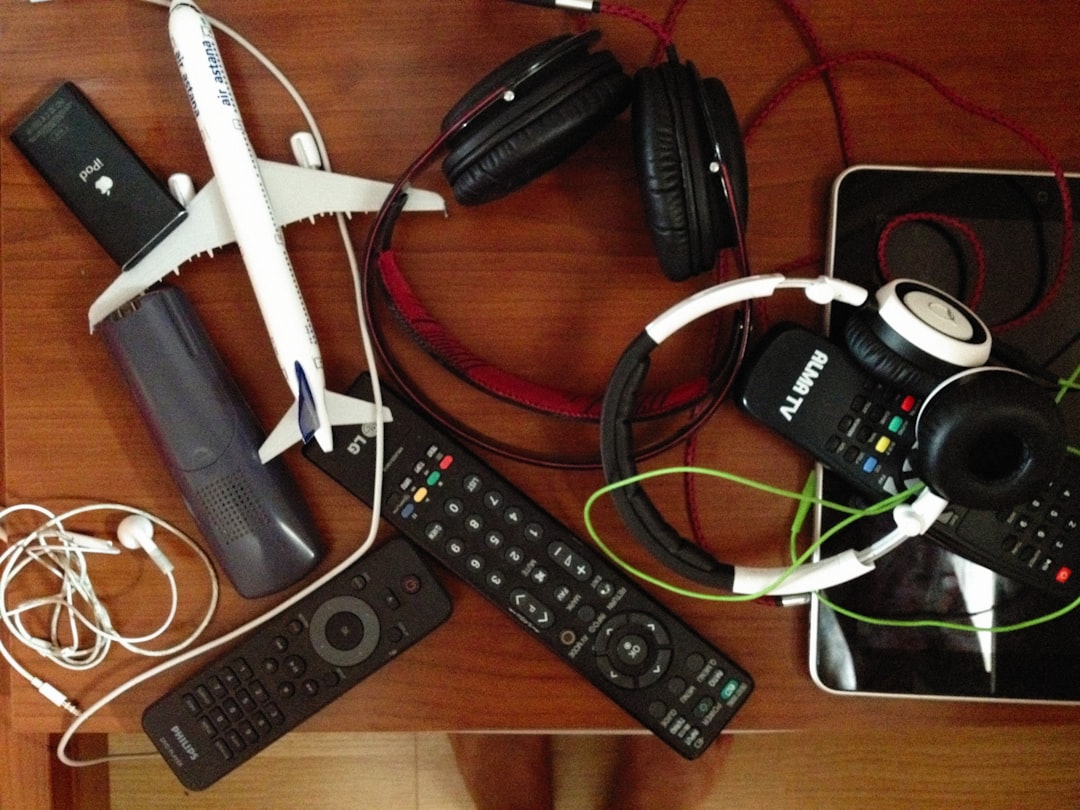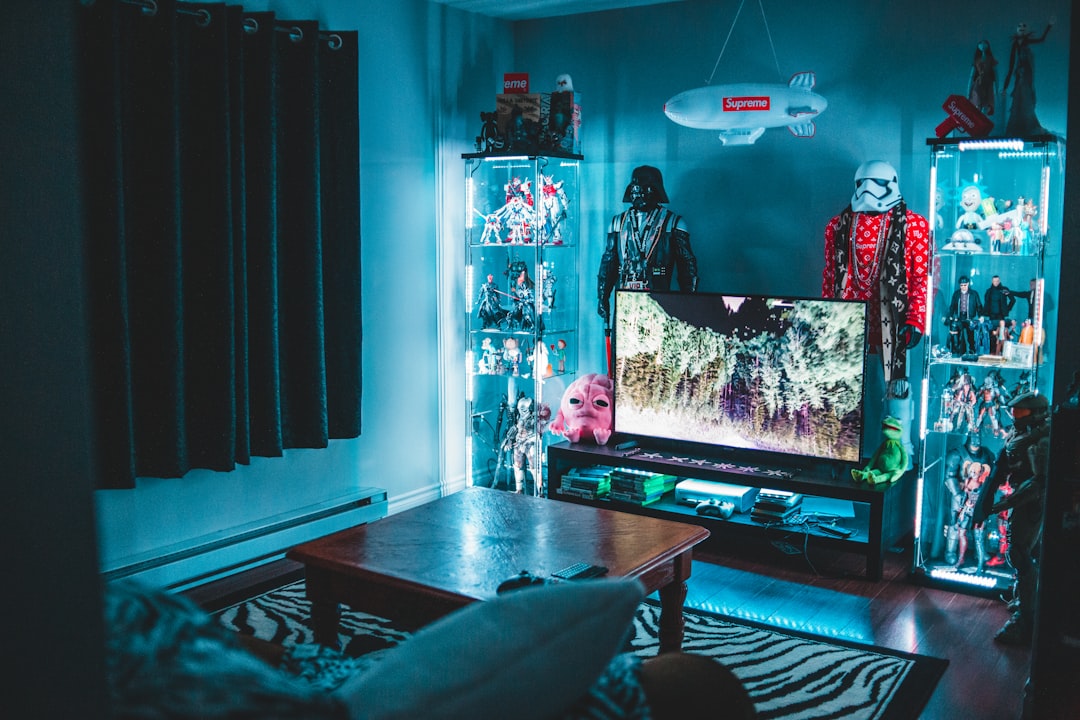Virtual Reality (VR) gaming is one of the most immersive forms of entertainment available today, but it demands robust hardware to deliver smooth performance. For those using gaming laptops, optimization is key to maintaining frame rates, reducing latency, and ensuring a seamless VR experience. If you’re ready to dive into the world of VR on your gaming laptop, here are essential techniques to optimize your system for peak performance.
1. Check and Meet VR System Requirements
Before you even plug in your VR headset, make sure your gaming laptop meets the minimum requirements recommended by your headset’s manufacturer. Most VR platforms like Oculus, HTC Vive, or Valve Index require:
- Powerful GPU: At least an NVIDIA GTX 1060 or equivalent
- Processor: Intel i5 or higher
- RAM: Minimum 8GB
- USB/HDMI ports: Adequate and compatible with your headset
Additionally, using a USB 3.0 port and ensuring HDMI 1.4 or higher can dramatically improve your VR headset’s functionality.

2. Update All Critical Drivers and Software
Outdated drivers can lead to poor performance, glitches, and compatibility issues. Make sure to:
- Update your GPU drivers—NVIDIA GeForce Experience or AMD Radeon Software can help you stay current.
- Install the latest Windows updates to benefit from performance tweaks and security fixes.
- Update VR headset firmware through associated platforms like SteamVR or Oculus software.
Check for BIOS and chipset updates for improved hardware communication and overall stability.
3. Adjust Graphics Settings for VR
Even high-end laptops can struggle with rendering complex VR environments at high framerates. To avoid motion sickness and latency, you’ll need at least 90 FPS. Optimize performance by:
- Lowering the rendering resolution without compromising clarity
- Reducing shadow quality and disabling motion blur
- Turning off unnecessary post-processing effects
Many VR games offer a “Performance Mode” or “VR Ready” preset—use them as your starting point and tweak from there based on performance feedback.
4. Close Background Processes
VR games are resource-intensive, so every bit of processing power counts. Before launching a VR session:
- Use Task Manager to close unnecessary background applications
- Disable startup programs via the Startup tab in Task Manager
- Temporarily turn off antivirus scanning features that may use CPU cycles
This ensures your laptop dedicates as many resources as possible to running your VR game smoothly.
5. Optimize Power Settings
Gaming laptops often throttle performance to preserve battery life. VR gaming requires full power, so:
- Plug your laptop into a power source
- Set your power mode to “Best Performance” in Windows settings
- Modify advanced power settings to maximize CPU and GPU performance

It’s also worth checking the laptop manufacturer’s performance software if available (such as Alienware Command Center, Lenovo Vantage, or ASUS Armoury Crate), as these often let you tweak fan speeds, thermal profiles, and GPU overclocking safely.
6. Make Use of External Cooling
Heat is a major enemy of laptop performance, especially during marathon VR sessions. High temperatures can throttle the CPU and GPU. To counter this, consider:
- Using a high-quality laptop cooling pad
- Keeping air vents dust-free
- Raising the rear end of the laptop for better airflow
A well-ventilated setup not only offers better performance but also extends the lifespan of your gaming laptop.
7. Test and Monitor Performance Regularly
After optimizing your settings, it’s important to monitor performance to ensure everything runs as expected. Use tools like:
- FPSVR: Real-time VR performance monitoring
- MSI Afterburner: GPU usage and temperature tracking
- Task Manager: For CPU and RAM usage insights
Monitor your system during gameplay to identify bottlenecks and make further improvements as needed.
Final Thoughts
Optimizing your gaming laptop for VR is a combination of smart configuration, ongoing maintenance, and understanding your hardware’s capabilities. With the right tweaks and a bit of preparation, even moderately-equipped laptops can provide an outstanding and immersive VR experience. Dive in, experiment with settings, and enjoy the next level of digital interaction!